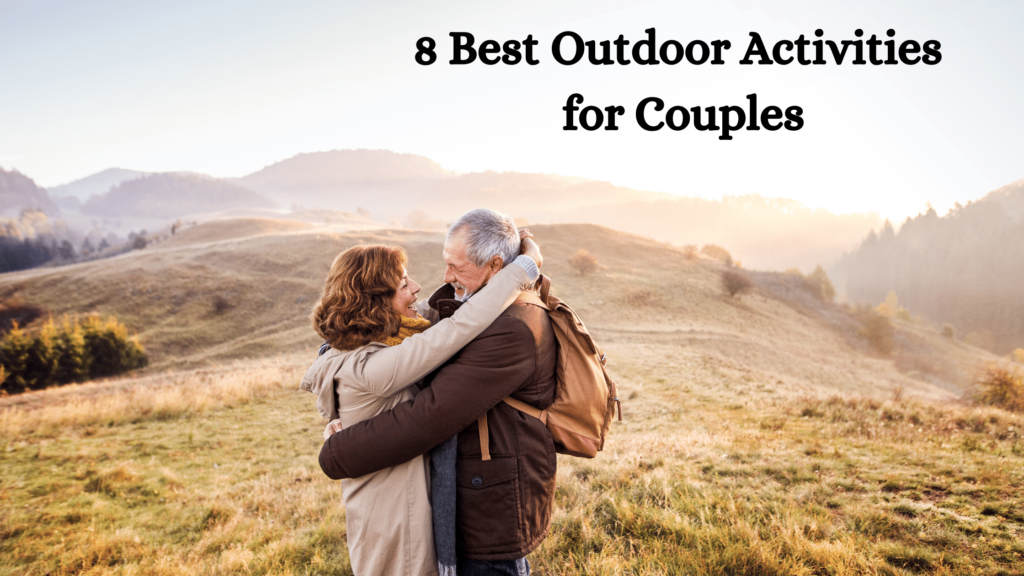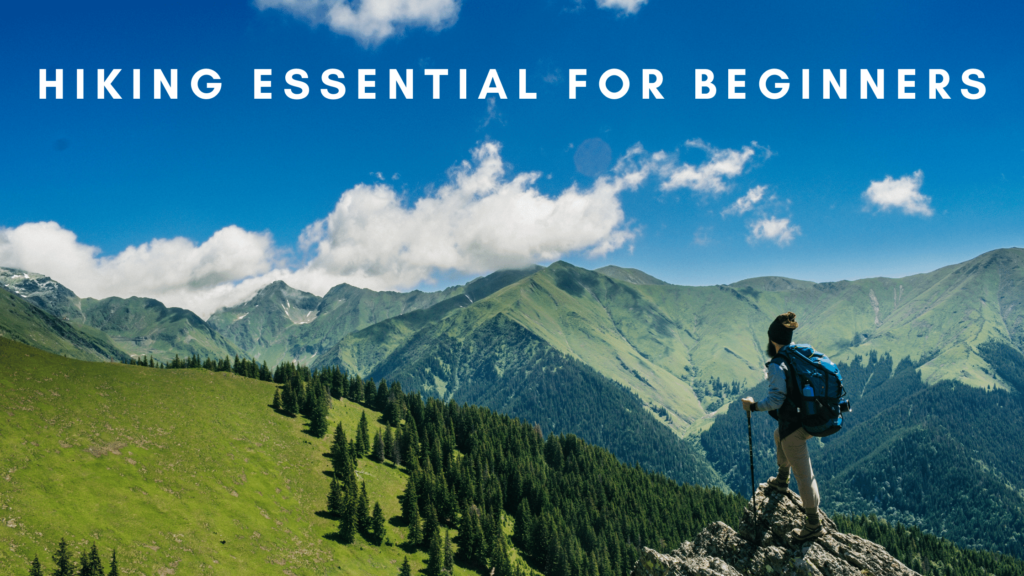This post may contain affiliate links which means I may receive a commission for purchases made through links. Learn more on my Disclosure page.
Thinking of starting Cycling this summer? Cycling is a great way to stay fit and explore the area around you. This exercise is beginner friendly.
If you are a complete beginner, you should start slow with 20 minutes to 30 minutes round, and then you can increase the time as per your wish. Also, you must do some warmup and stretching to avoid muscle pain.
Cycling has numerous health benefits:
1 Cycling may help you lose weight
2 Cycling is good for a Beginner
3 Improves mental health
4 Strengthen your immune system
5 For Better Lung Health
6 Builds your muscle

Cycling Essential for Beginners
1 Helmet
A helmet is the most essential every beginner should have. Nowadays, finding one that is comfortable, light, and inexpensive is not difficult. And no, you do not need to get the most expensive model because all of them comply with the most recent safety regulations. An old helmet shouldn’t be worn because the foam degrades over time.
2 Sunglasses
To Protect your eyes from dust and bugs getting into your eyes and might distract you while on a route. You can use clear glasses if you like.

3 Shorts
You’ll want to ride your bike more often the more at ease you feel. Investing in a nice set of padded cycling shorts can significantly improve comfort. Wearing padded shorts is the only way to feel comfortable in the saddle. A good pair of padded cycling shorts will provide you with enough comfort to get you through the first few rides, and you can gradually increase the time and distance as your tolerance allows.
4 Gloves
You can prevent cold and blisters on your hands by wearing gloves. However, inexperienced riders frequently overlook the importance of their hands. These can easily become worn out, therefore a decent set of padded gloves or mittens will be quite helpful.

5 Water Bottle
Depending on the weather and distance you should decide what kind of water bottle you should carry. Because if you are carrying a big water bottle, you have to carry that weight.
6 Bag
Your phone, keys, munchies, and mask can all be stored in a Bag make sure it’s waterproof. You’ll need a chain tool to fix a broken chain, a multi-tool with a variety of bits to adjust most mechanical parts, some tire levers, a puncture repair kit/spare inner tube, and a mini-pump. So, a bag can be great to have with yourself.
7 Id Proof
Just in case of emergency you must have your Id proof with yourself.
8 Tire
The best bike pumps will have a convenient pressure gauge and need less effort to reach the appropriate pressure than other models. You’ll see the tire manufacturer recommends a variety of pressures rather than just one. That enables you to modify the tire pressures by the circumstances.
Don’t overinflate your tires if you’re traveling somewhere that might be wet and slick. Fill them up if the weather is dry and you want to ride as effectively as possible.

9 Flat tire repair kit
To fix a flat tire mid-ride, you must have a few essentials. The necessary tools are in this saddle pack. Make sure you have a spare tube that fits the size of your particular tires.
10 Bike Lock
In case you have to take a stop and explore around by taking a walk a good bike lock is great.
11 Electrolytes
When you start riding longer or harder than your body is accustomed to, you may experience cramping. One tip that is frequently given is to make sure you replenish the electrolytes lost through perspiration, either by consuming specially prepared sports drinks or by preparing your energy drinks. It’s made of fruit juice, water, plus a tiny bit of sugar and salt.
12 Food
To heal following a challenging ride, consume carbohydrates and protein-rich foods and beverages. For optimum post-ride recovery, eat a meal high in carbohydrates and protein. However, conspire-and delectable smoothie recipe for pre-and post-ride fuelling in between meals or when you’re rushed for time. These serve as a recovery beverage that, when combined with relaxation after a strenuous ride, will aid in the body’s ability to heal itself.
13 Reflective Stickers
cycling on a busy road or early in the morning? Reflective stickers will help you stand out more. These vibrant blossoms are enjoyable.

14 Get your saddle height and riding position right
Cycling shouldn’t hurt, so visit your local bike shop to see if they can assist you to alter your position if you notice that you’re starting to get backache or any other ailment. A saddle that is too low prevents you from using your entire pedaling range and leg strength, while a saddle that is too high makes you strain and increases your risk of injury.
15 Lights
If there’s any danger that you might be delayed past nightfall, even if you only want to go out for a couple of hours, install lights on your bike.
16 Practice fixing a puncture
Although today’s tires are excellent at resisting punctures, if you cycle for any period, you will eventually get a puncture. It will be beneficial to practice changing an inner tube comfortably before needing to do so on the side of the road.

What to start Cycling as a Beginner
Start small and build up the distance you can cycle
A park or trail without any traffic is an excellent place to gain confidence before taking your first bike ride. To avoid overdoing it, if you haven’t cycled in a while, aim to cover about five miles before increasing your distance. The best approach to building strength and confidence is little and often.
Find some ride buddies
A terrific way to relax, enjoy some quiet, and appreciate the planet’s beauty is to go cycling alone. However, riding with others is also enjoyable, and having some cycling partners will speed up the development of all elements of your cycling. Beginner rides may be offered by your local cycling club, or you may sign up for one of our Community Cycling Clubs.

Learn to use your gears
Although gears are designed to make your life easier, not everyone is aware of how they operate. As you ride more, you’ll begin to notice how switching gears either makes you spin more easily while moving more slowly or labor harder while moving quickly. The final objective is to maintain a consistent rhythm by using your gears.
Be confident on the road
Newbies frequently believe that staying as far to the side of the road as possible near the curb is the safest option, but this is extremely incorrect. It’s possible that other drivers won’t spot you or will try to squeeze past you if there isn’t enough room. Take a confident stance on the road, ride a good 1 m from the curb, and declare your right to use the carriageway.
Pedal at a steady rhythm
You don’t want to be whirling your legs or straining to drive the pedals when riding. The ideal pedaling cadence is between 70 and 90 revolutions per minute. Decide how it feels to cycle between 70 and 90 rpm, then use your gears to keep it going.

Map it out
It’s fantastic to set out on a trail or open road and see where the day takes you, but it’s equally enjoyable to prepare for a riding challenge in advance. Online mapping will assist you in creating an outstanding route for your trip or in navigating your way home if you get lost in the wilderness.
Learn to corner properly – inside pedal up
You’ll learn many riding techniques as you ride more, but here’s one quick tip to get you going: when you turn, elevate the inside pedal so it’s at the top of your pedal stroke. In this manner, the pedal won’t contact the ground when you lean into a turn.
Treat other road users with care
You learn a lot about how people, including you, drive from cycling. Remember not to take anything for granted, even if you believe a driver or pedestrian has noticed you. Recognize that those other road users occasionally make mistakes.
Embrace exploration
One of the best things about cycling is that you can pretty much travel anywhere you want, especially if you’re using a bike with some multi-terrain capability. Take a journey down a lane if you notice one and are unsure of its direction.
If Cycling is not the right option for you then you can start Running as a Beginner. Know How to start Running?
This post may contain affiliate links which means I may receive a commission for purchases made through links. Learn more on my Disclosure page.




